From: Anthony D'Aulerio
To: Stephen Lauf
Subject: demolition
Date: 2004.11.20 20:37
Steve,
another Trumbauer house will be demolished. It's the William M. Elkins house, a brick Georgian on Thomas Rd. (near Flourtown Rd.), Whitemarsh Twp. I just saw Friday's Inquirer, section B (Montgomery County version) has an article aboute the sale of the house's architectural elements. The public walk-thru was Friday evening, the sale started today and continues tomorrow (9 to 4). The article says that the house is surrounded by Eugenia Hospital, a psychiatric facility (not sure where it is.) Just wanted to let you know, since it might be possible to see the interiors during the sale, I don't know. It's a shame to lose yet another of his buildings.
Tony
For sale, piece by piece
A 1920s estate is being cleared for development
by Larry Fish
Inquirer Staff Writer
One of Montgomery County's last remaining great estate houses will open today for one final affair before making way for a new development.
The one-time home of William M. Elkins, of the large and wealthy clan after whom Elkins Park is named, is to be demolished as part of a deal that keeps most of the grounds as highly desirable open space along Flourtown Road in Whitemarsh Township.
The brick Georgian Revival mansion, built in 1922 by celebrity architect Horace Trumbauer, was long ago surrounded by an enlargement of Eugenia Hospital, a psychiatric facility. The original house can barely be made out.
But before demolition, the house's remaining fittings, from the slate roof to the wrought-iron gates, will be put up for sale. So will the contents of the hospital.
The public can see the house, at 660 Thomas Rd. - and the hospital, with its bedpans and stainless steel kitchen - today from 4 p.m. to 7 p.m. The sale is tomorrow and Sunday, 9 a.m. to 4 p.m.
"Anything you can't get at Home Depot, that's the stuff that sells," said realtor Kevin P. Tobin, who is handling the salvage sale.
Leave the Mini Cooper at home. After decades of institutional use, what remains in the house are mostly very large chunks.
There are oversize wood and plaster mantels, marble bathroom vanities it would take a crane to lift, and an elegant spiral staircase off the main foyer.
"I've never seen baseboards with designs in them," said Tobin, talking up the merchandise. The intricate diamond pattern cut into the wood lines an entire large room.
There are also prime built-in shelves, and heavy doors that may well be solid mahogany, though Tobin prefers not to commit himself.
Mantels can run between $500 and $5,000, cash and carry, he said. And if you want to haggle, come late.
"Everything is priced and marked, and it stays that way until the crowd thins down," he said. "When the crowd thins down, we are more open to negotiation."
Some of the most spectacular estates built in America once decorated this part of Montgomery County. They were built by the industrial barons of the late 19th century.
Probably the most impressive was Whitemarsh Hall, built in 1921 in neighboring Springfield Township by banker Edward T. Stotesbury. With 147 rooms and 300 acres of formal gardens, it was called the Versailles of America.
The Elkins house was a cottage by comparison, and it lasted less than three decades as a residence.
Gail Momjian, director of the Plymouth Meeting Historical Society, said, "It was really noted for the quality of a lot of its interior work."
The house-hospital is out of sight down a long drive and in a grove of trees.
What has been especially prized is the 500 or so acres of open land surrounding it, giving a bucolic view of rolling fields. The house's demolition ultimately will preserve most of the open land.
Only a small part of the land is the hospital's grounds. The rest is part of Erdenheim Farm, owned by Fitz Eugene Dixon Jr., former owner of the 76ers basketball team.
After the salvage sale at the house, a groundbreaking will mark the beginning of the Hill at Whitemarsh, a 276-unit retirement community being built by developer John J. Fleming.
The township will get increased taxes from the retirement community - plus a population that won't have children to enroll in public schools, in the Colonial district.
Some of the increased revenues will be used to buy and preserve the farm land, a deal that has made the township, the school district, preservationists and the developer happy.
Momjian said that, given the chance to preserve the open land, the historical society was glad to support Fleming's plans. Township manager Larry Gregan said it was an imaginative use of tax-increment financing.
The Hill at Whitemarsh, which will cost about $170 million to build, is expected to open in fall of 2006.
2004.11.19
| |
2004.11.21
Briar Hill
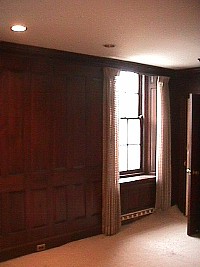 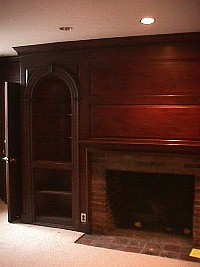 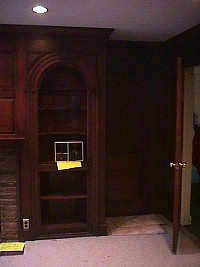 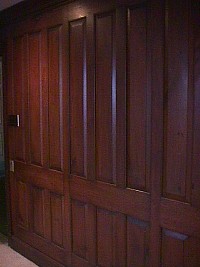
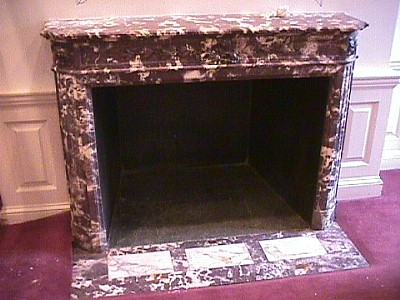 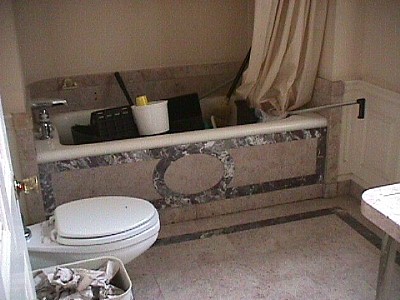 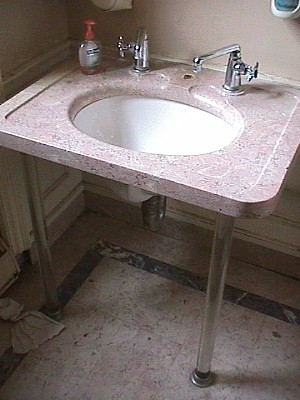
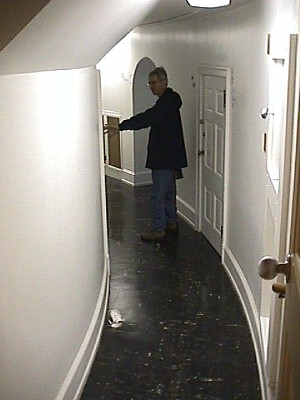 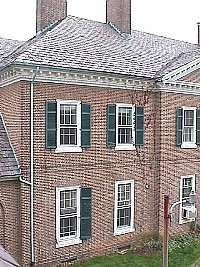 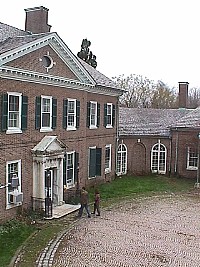  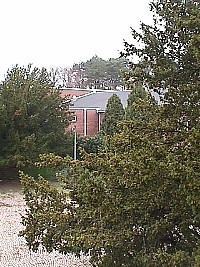
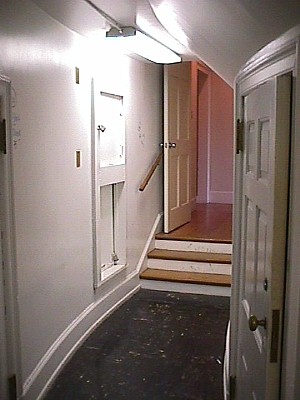 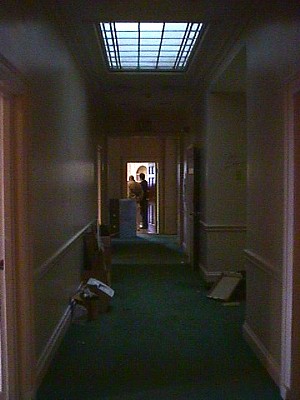
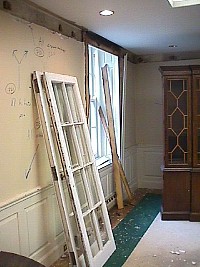 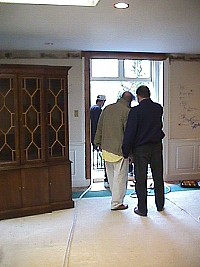 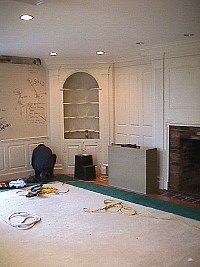 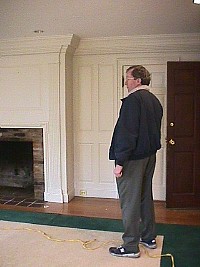
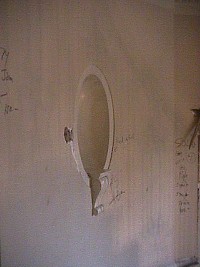 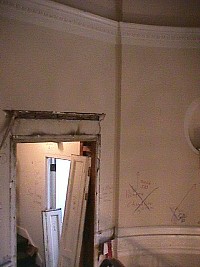 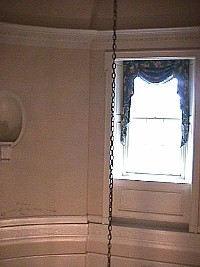 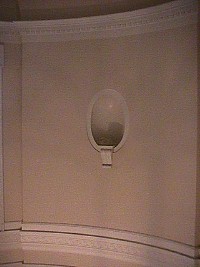  
|